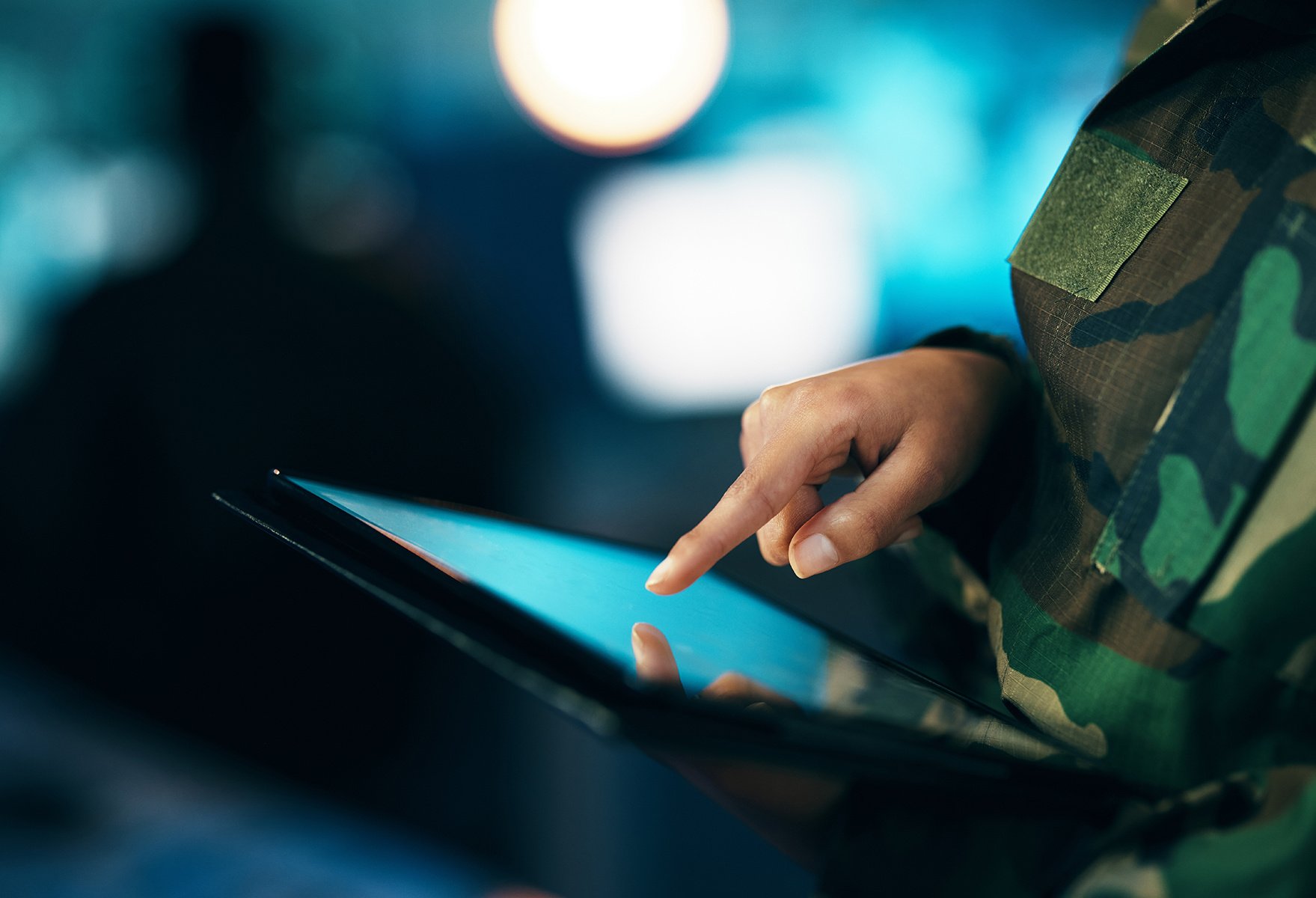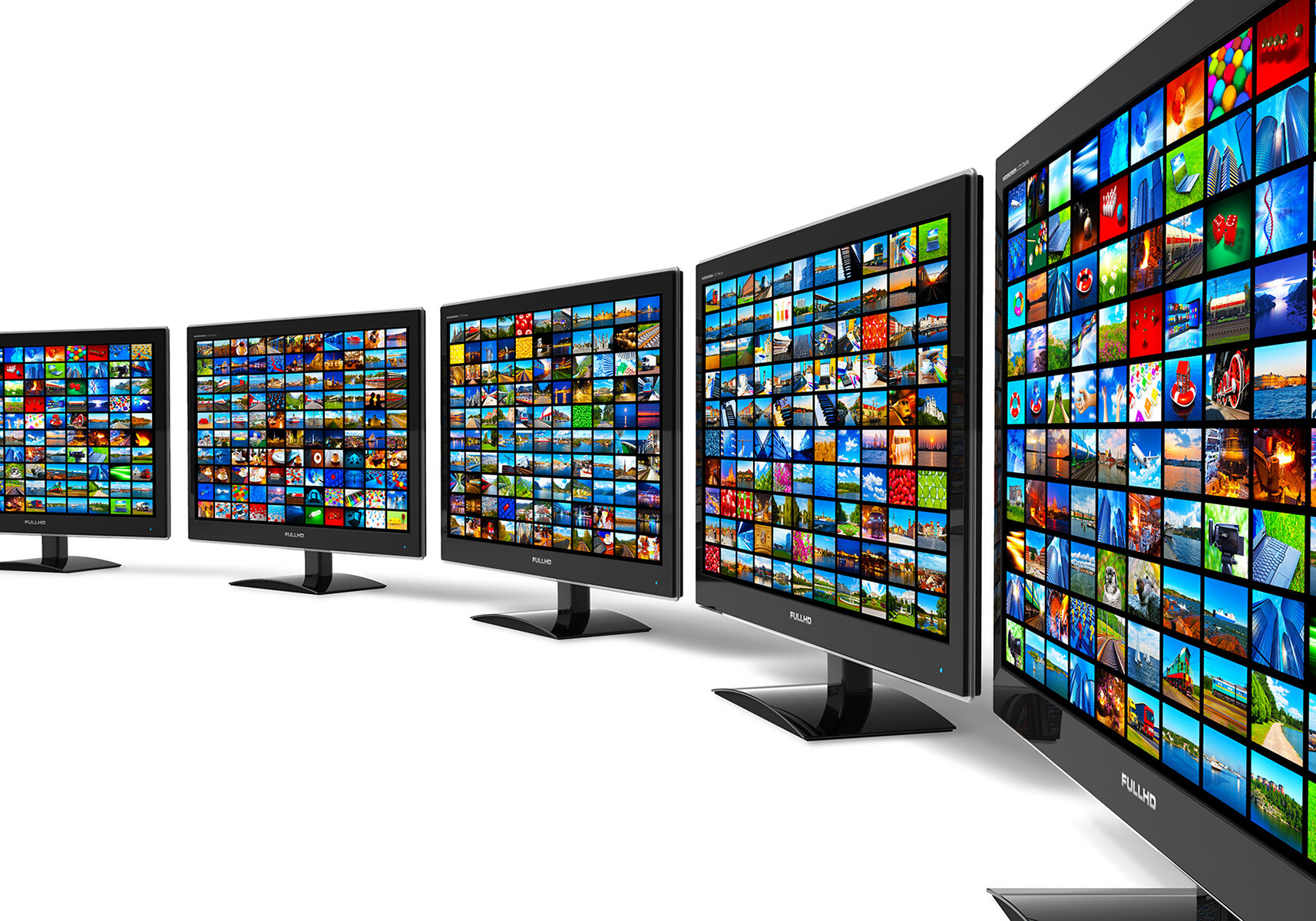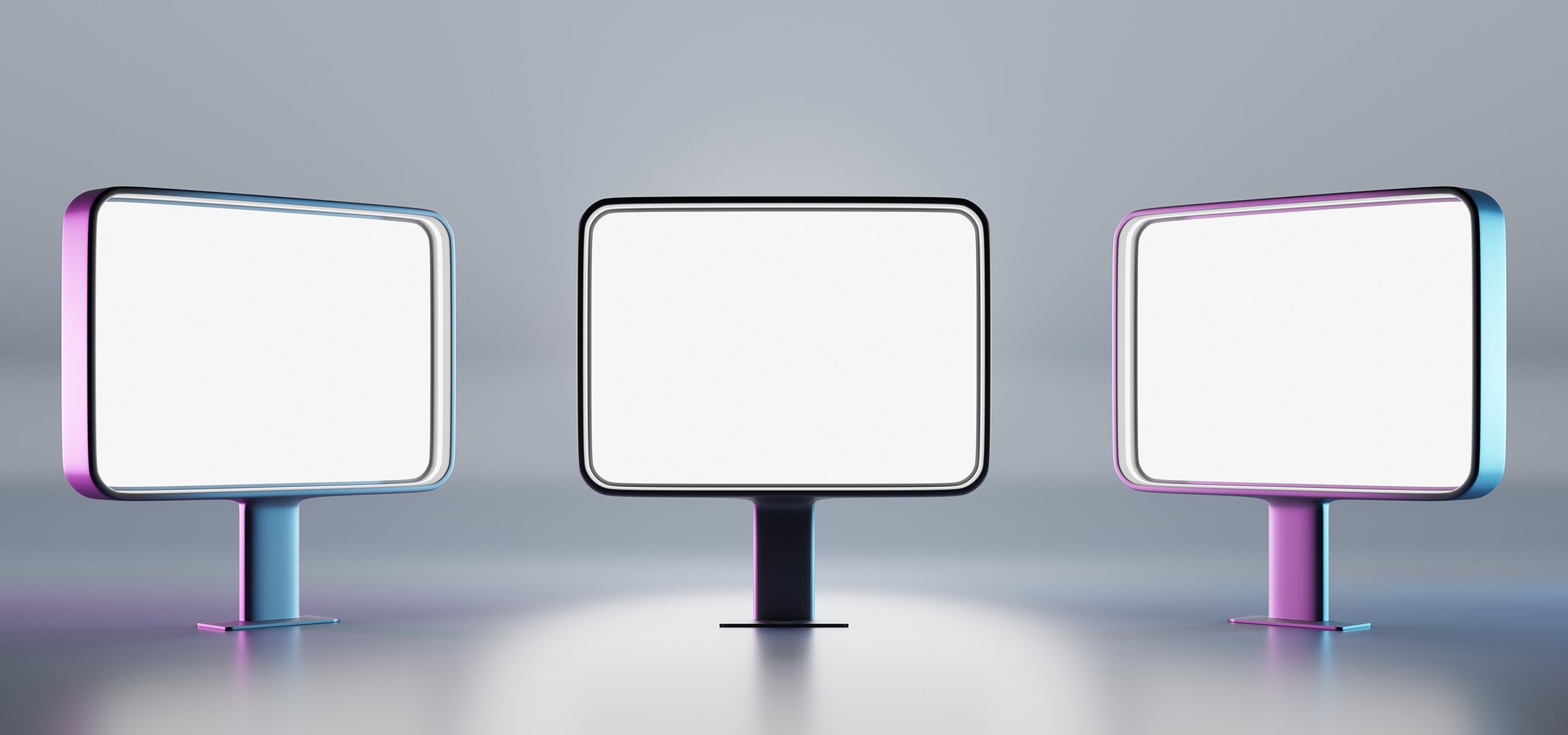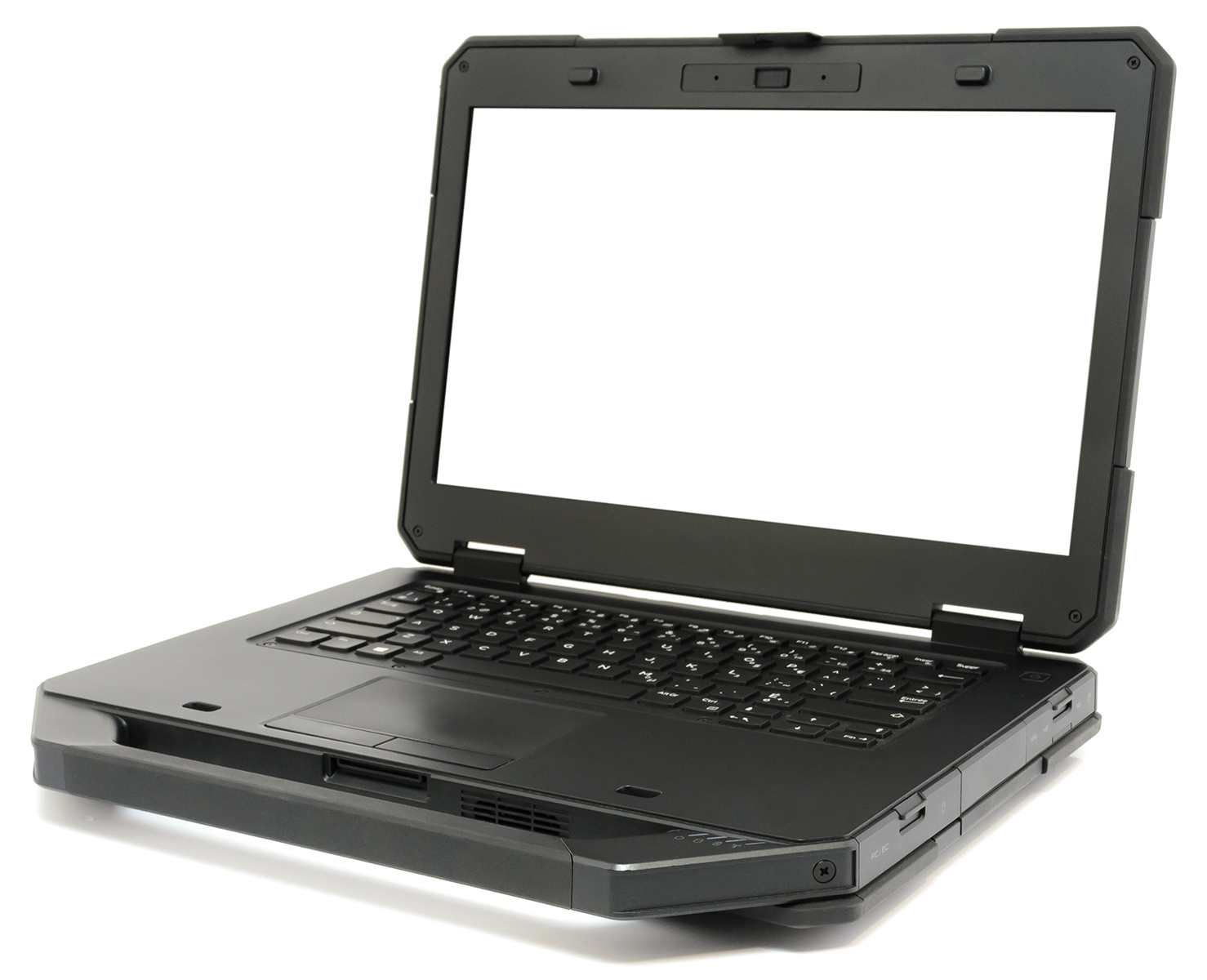6 Ways Military Touchscreens Are Engineered Differently Than Consumer Devices
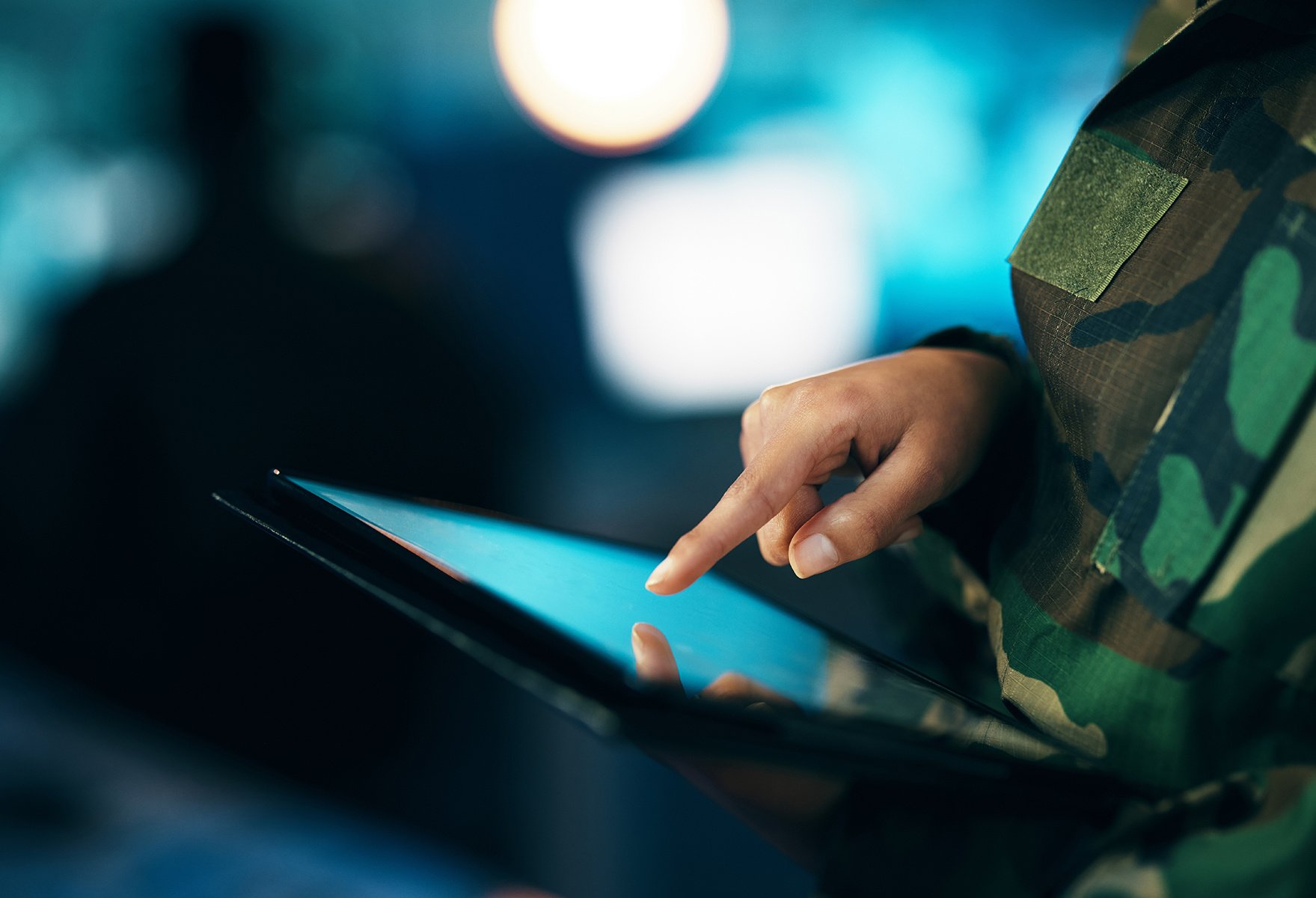
In environments where failure is not an option, technology must be engineered to perform under extreme and unpredictable conditions. That’s why a military touchscreen vastly differs from those used in consumer-grade electronics. While smartphones and tablets serve daily convenience, military displays are built for mission-critical reliability and designed to operate in the harshest climates and under the most demanding circumstances.
Understanding the engineering behind rugged military displays is essential for procurement, integration, and long-term performance for government contractors, defense equipment manufacturers, and aerospace integrators. E3 Displays collaborates with defense organizations and system integrators to provide high-spec military LLCDs tailored for land, sea, and air operations.
The Unique Challenges of Military Operating Environments
From battlefield deployments to naval vessels and aircraft cockpits, military rugged displays face far greater demands than consumer-grade technology. These conditions require specialized engineering to ensure consistent performance:
- Severe shock and vibration resistance to handle impacts, movement, and harsh transit conditions.
- Electromagnetic interference (EMI) protection for uninterrupted operation near sensitive electronics.
- Environmental sealing against salt fog, sand, dust, and moisture exposure.
- Night vision compatibility (NVIS) and ultra-low brightness for stealth during night operations.
- Secure data handling with features like encrypted firmware and tamper detection for mission-critical security.
Exhibits must operate flawlessly in high-stakes military situations. Therefore, military touchscreen systems are made to meet or exceed the strictest durability and dependability standards.
Every situation requires specialized equipment, accurate manufacturing, and adherence to rigorous defense standards. When turned on, a military touchscreen must always be secure, dependable, and mission-ready.
Extreme Temperature Tolerance Beyond Commercial Specifications
One of the most important distinctions between military LCD displays and their commercial counterparts is their ability to function in extremely hot or cold temperatures. Consumer devices typically function between 0°C and 40°C. Military-grade displays, however, are engineered to perform in temperatures ranging from -40°C to +85°C or more.
Displays in an arctic surveillance outpost or a desert reconnaissance vehicle must have exceptional visibility, responsiveness, and clarity without lag or performance degradation. E3 Displays ensures that operations continue uninterrupted even in the most extreme situations by employing products resistant to thermal shock and prolonged exposure to high temperatures.
EMI/EMC Protection for Secure Operations
Electronic devices emit electromagnetic signals, disrupting nearby systems or exposing sensitive equipment to unwanted detection. Military displays incorporate EMI (Electromagnetic Interference) and EMC (Electromagnetic Compatibility) shielding to prevent disruption and enhance operational security.
This is especially important in combat or stealth operations where electronic silence or compliance with MIL-STD-461 is non-negotiable. Displays must work seamlessly alongside radar, communication systems, and other sensitive electronics without interference or detection. E3 Displays integrates specialized shielding into its military rugged displays, supporting signal integrity while enhancing situational awareness.
Night Vision Compatibility and Light Discipline
Tactical operations require a high level of discipline. A flash of light from an unguarded screen might distract staff, disrupt NVIS (Night Vision Imaging Systems), or affect locations. Furthermore, military touch screen systems have compatible backlighting so that screens can be used at night without glare or ghosting.
Additionally, displays must dim to ultra-low brightness levels—often under one nit—without flicker or loss of clarity. This allows operators to adjust to low-light or no-light conditions while maintaining complete control and visibility. E3 Displays develops NVIS-compliant solutions that meet military specifications and seamlessly integrate into modern cockpit, vehicle, and portable systems.
Gloved and Wet Touch Operation Capabilities
Standard capacitive touchscreens in commercial products often struggle with gloved input or wet environments. Removing gloves to interact with a display isn't just inconvenient for soldiers, pilots, or field technicians—it can be dangerous.
Military touchscreen technologies are engineered for responsiveness through thick gloves, wet conditions, and dirt-covered surfaces. These systems prioritize safety and speed in critical moments, whether through projected capacitive with enhanced algorithms or resistive touch variants. E3 Displays delivers displays that maintain touch functionality regardless of user gear or environmental contamination, ensuring complete control under pressure.
MIL-STD Shock and Vibration Resistance
Military equipment must meet strict durability benchmarks. MIL-STD-810 outlines test procedures for resistance to shock, vibration, drop, and pressure changes. Rugged military displays undergo rigorous testing to meet these requirements.
Whether installed in armored vehicles, helicopters, or handheld soldier systems, displays must endure:
- Explosive shockwaves
- Heavy vibration during transit
- Sudden impacts during deployment
- Altitude and pressure variations
E3 Displays' displays are thoroughly tested to ensure that performance is maintained despite physical stressors. These units are also built with reinforced casings, shatter-resistant glass, and sealed housings to maintain integrity under mission-critical conditions.
Security Features and Anti-Tamper Design
A key distinction in military LCDs is their built-in security framework. Unlike consumer devices, military systems often handle classified or sensitive data. Therefore, displays require:
- Secure booting protocols
- Encrypted firmware
- Tamper detection circuits
- Zeroization features to wipe data if compromised
Tamper-proof seals and intrusion detection technology ensure the devices' physical and digital integrity. E3 Displays integrates these capabilities to support national defense and allied military applications, helping contractors meet the highest standards for data protection.
When Military-Grade Displays are Necessary for Civilian Applications
While these technologies are designed for military use, many civilian industries benefit from military rugged displays—including oil and gas, aerospace, emergency response, and transportation. Harsh conditions, long-term deployments, and mission-critical reliability make military-grade touchscreens a wise investment far beyond defense.
Choosing a military touchscreen isn't just about surviving challenging environments—it’s about ensuring operational continuity, security, and safety. E3 Displays works closely with B2B clients across sectors to deliver displays that meet military and commercial durability standards. Military-level engineering provides unmatched assurance when the application demands more than consumer-grade performance.
Recent Blogs
-
April 03, 2025

